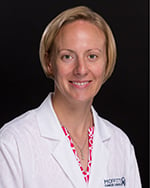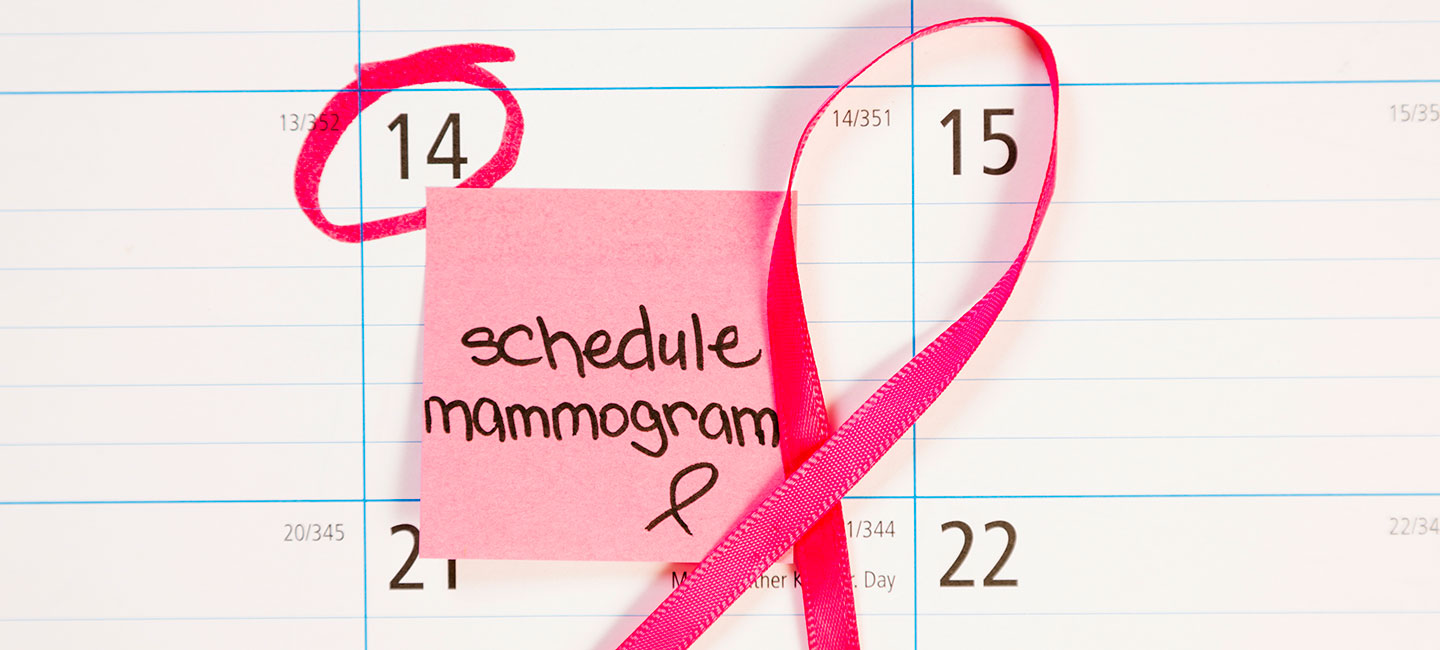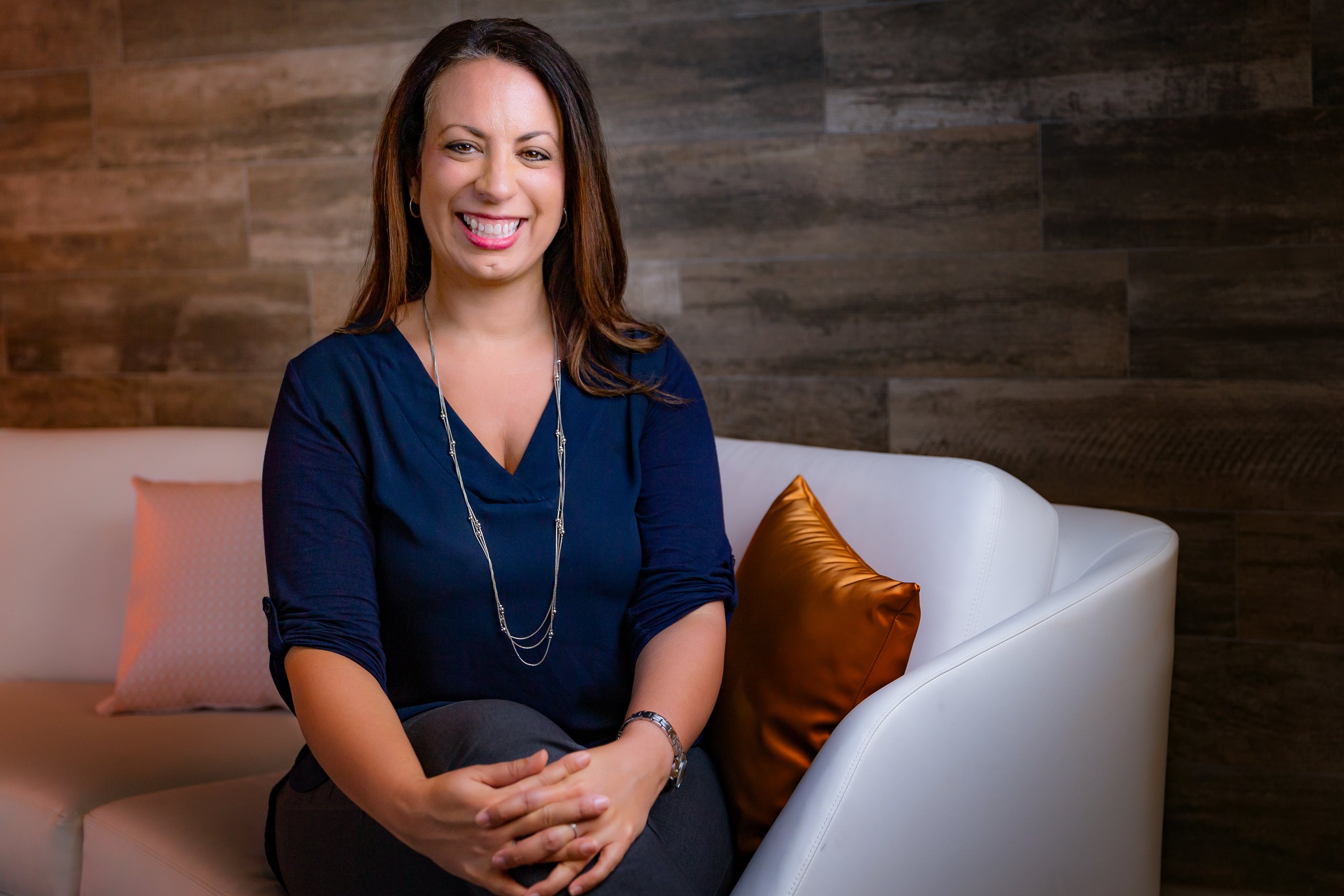Mammograms and Pregnancy: What You Need To Know
In 2022, I celebrated a milestone birthday. I turned 40! I knew it was time for my first mammogram. However, plot twist: I was pregnant. I opted to wait on scheduling my scan until after the birth of my son and I finished breastfeeding.
But there’s no need to wait. According to the National Comprehensive Cancer Network and the American College of Radiology, pregnant and lactating women are eligible to undergo mammography screenings if they meet the following criteria:
- Under age 30 at high risk for breast cancer
- Ages 30 to 39 at medium or high risk for breast cancer
- Age 40 and older if average or increased risk
What to Expect
When I arrived at the Richard M. Schulze Family Foundation Outpatient Center at the McKinley Campus, I headed to the third floor to check in for my appointment. The staff at the front desk reviewed my personal information, and then I took a seat in the lobby to wait to be called back. Within a few minutes, I received a text message instructing me to proceed to the dressing room door.
I was escorted back to the mammography changing room where I was given a robe to change in to and a bag to hold my belongings. On the day of the exam, you’ll be instructed not to apply deodorant, antiperspirant, lotions, or powders under your arms or on your breasts. Some of these products contain substances that can show up on the images.
I was given a tablet to fill out personal medical history information. After completing the questionnaire, a technologist escorted me into the mammography room. She thoroughly explained the procedure and demonstrated how I should position myself in front of the machine.
Once the scan was underway, I was guided into a few different standing positions and asked to briefly hold my breath so the tech could take clear images. You will experience some minor pressure as they position your breasts under the imaging plates. Overall, the experience was very tolerable and not at all painful.
Even though I had stopped breastfeeding nearly two months before my appointment, my biggest concern was the possibility of leaking milk. I’m happy to report no one succumbed to a milk bath during the procedure!
At the conclusion of the scan, the technician informed me that a Moffitt radiologist would read the images and send my results to my referring physician. The report would also be uploaded into my Moffitt Patient Portal within two business days. The entire visit took less than 30 minutes.
Let’s Talk About Dense Breasts
Breast cancer is the most common cancer among women in the U.S., except for skin cancer. One in eight women will be diagnosed with the disease in her lifetime. Statistics from the Centers for Disease Control show about half of women over the age of 40 have dense breasts, which have more tissue compared to fat.

Dr. Bethany Niell, section chief of breast imaging
Breast tissue tends to be denser during lactation. Moms should know that nursing or pumping before an exam may improve the accuracy of their mammography results. I struggled with clogged ducts while breastfeeding, which can easily be mistaken for breast lumps.
“For any new areas of clinical concern in the breast during pregnancy or lactation, consult with your health care provider,” said Dr. Bethany Niell, section chief of breast imaging at Moffitt Cancer Center.
You may have heard that you should “pump and dump” your breast milk after a mammogram before offering it to your baby, however, Niell says there is no need to discard milk after your screening mammogram.
Schedule Your Mammogram Today
“Bottom line: The radiation risk from a mammogram is low,” Niell said. “Don’t delay getting your annual screening mammogram.”
Moffitt offers screening mammograms to all — no referral required. You do not have to be diagnosed with breast cancer to get screened. Schedule your screening today.



